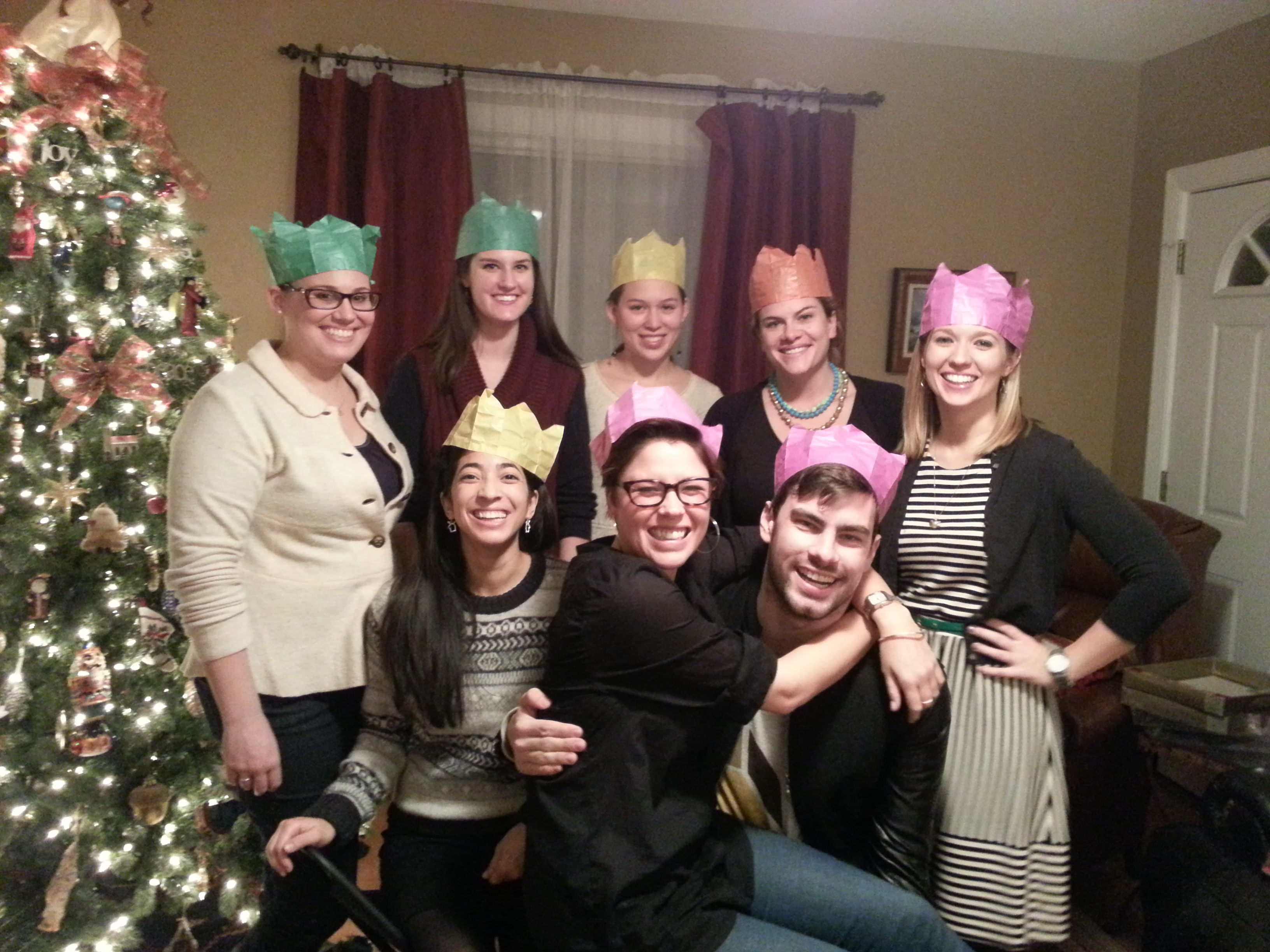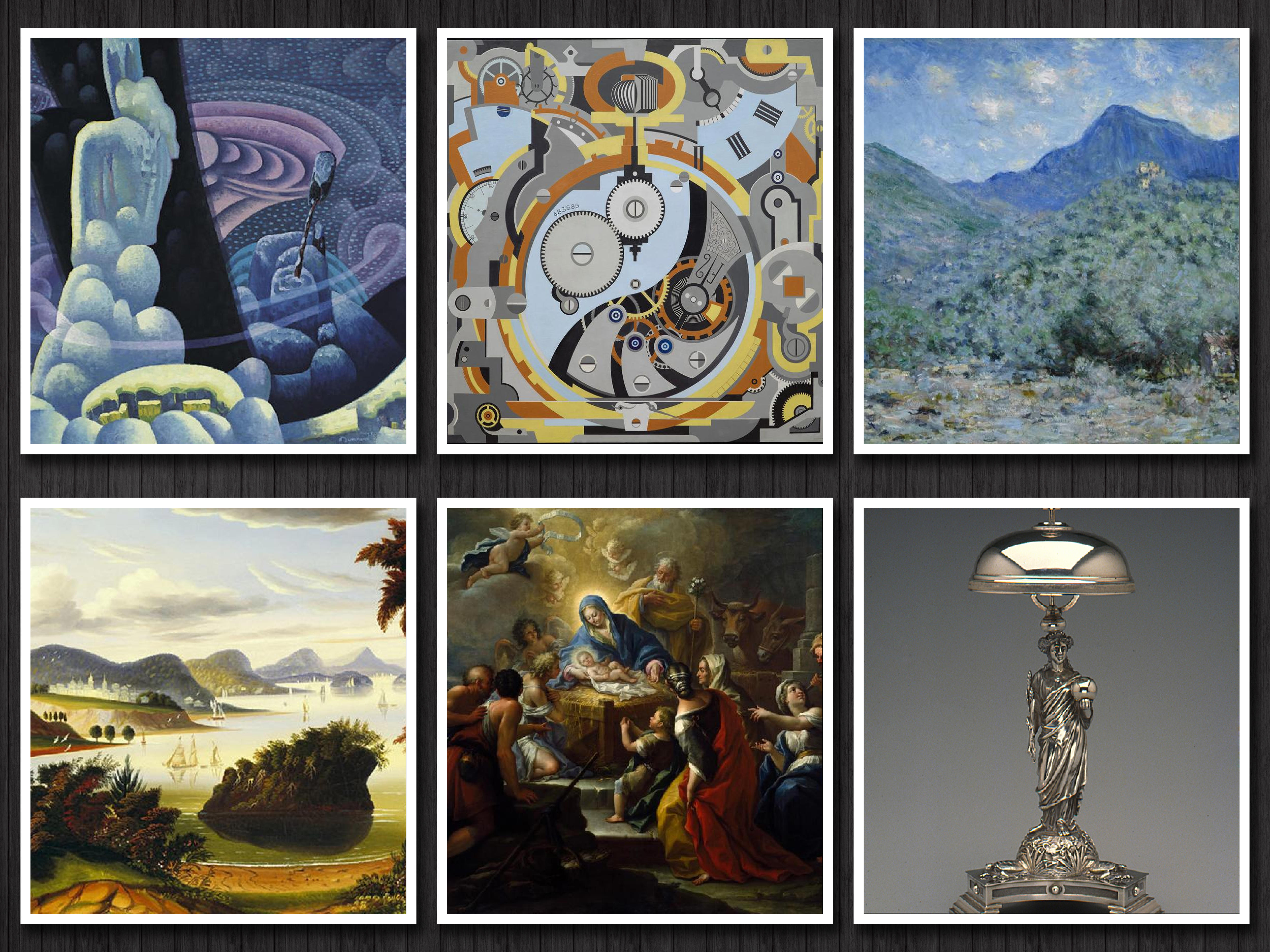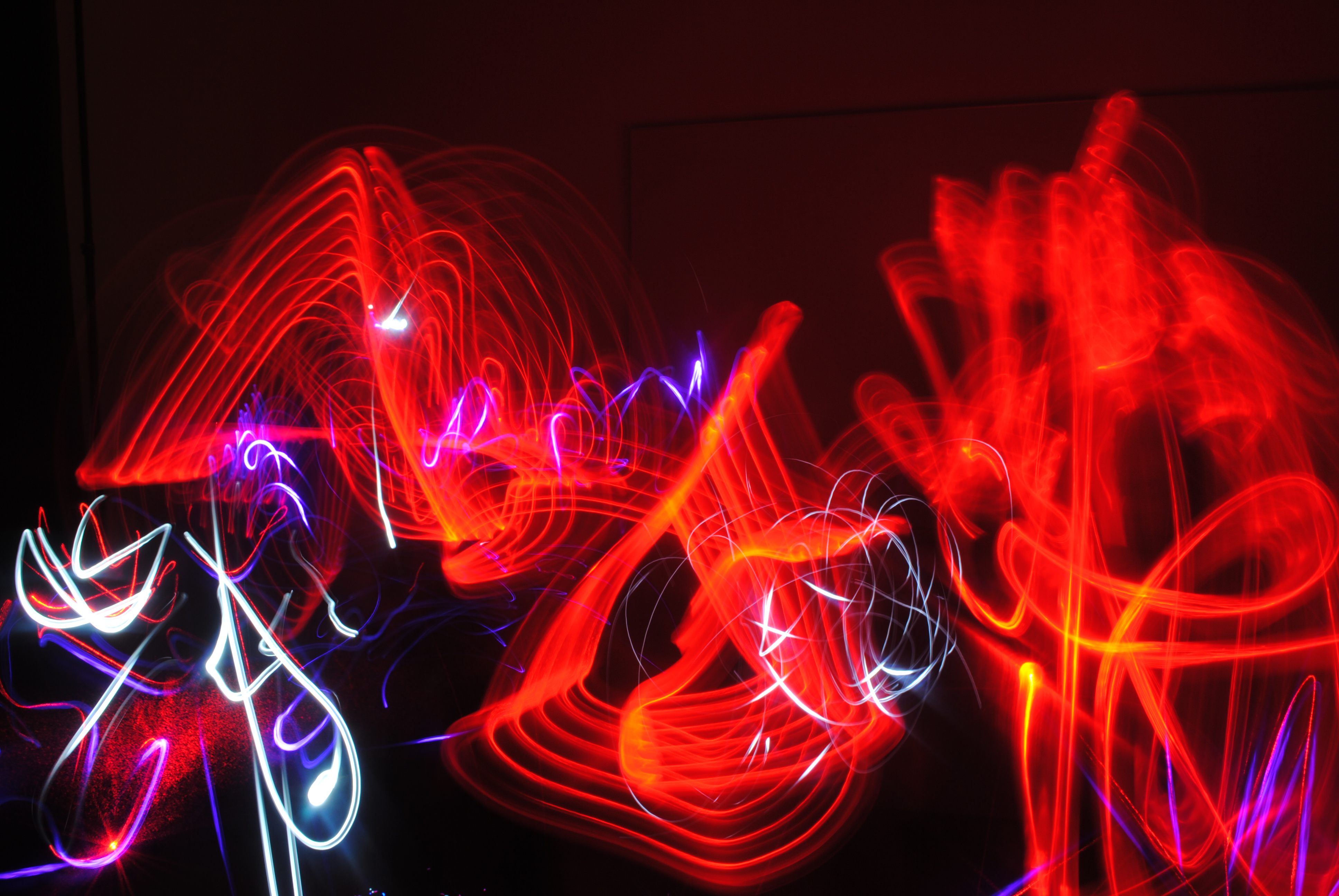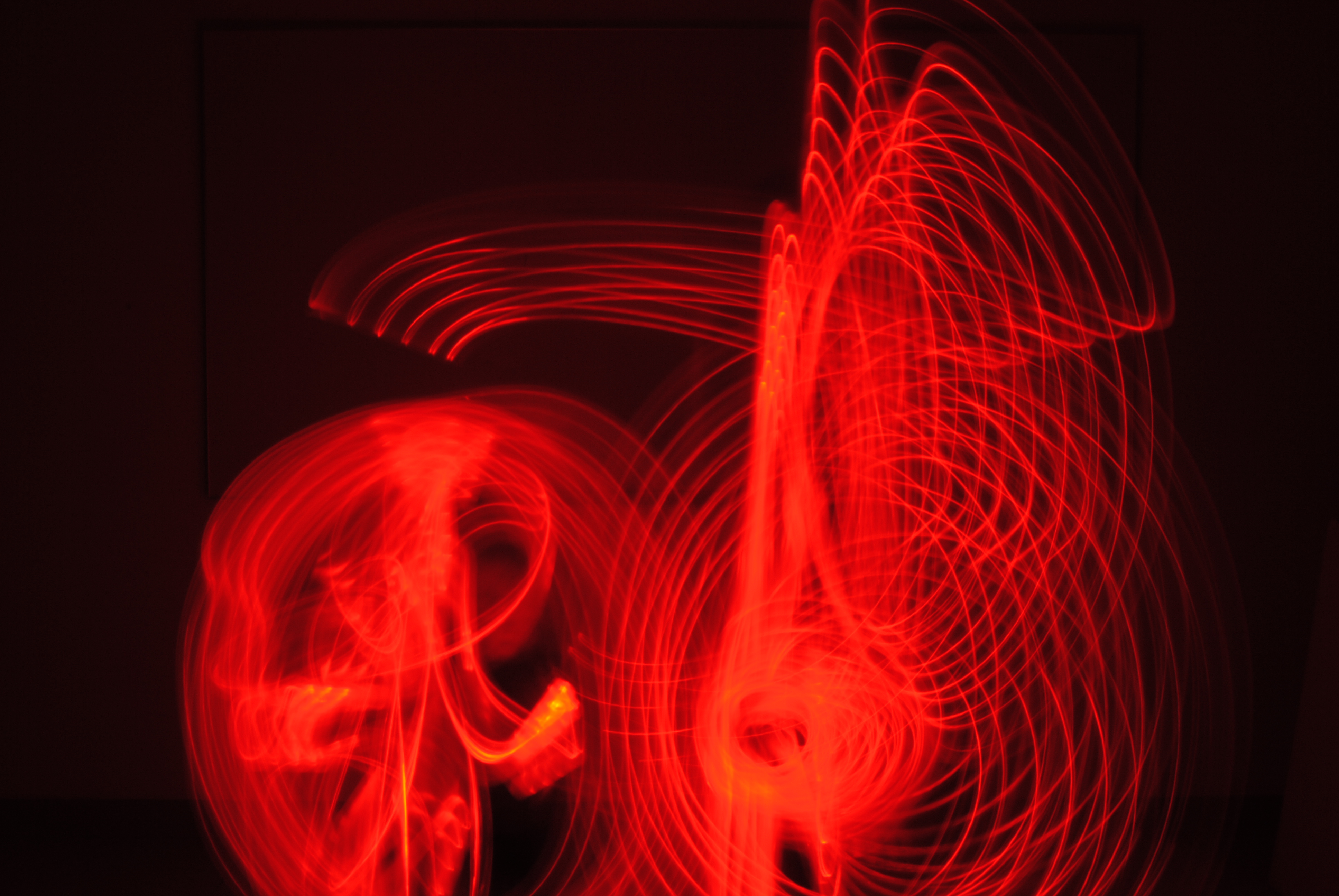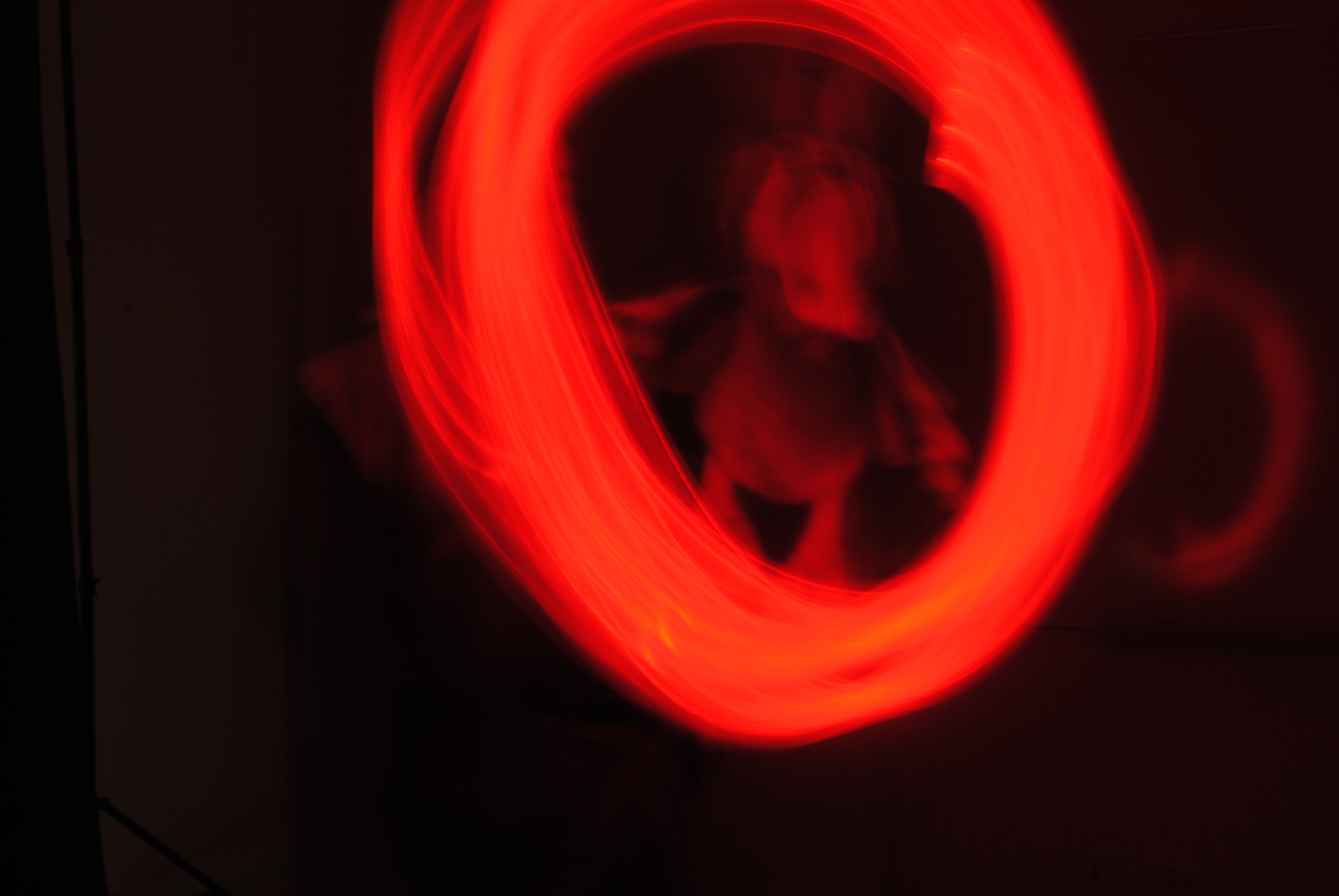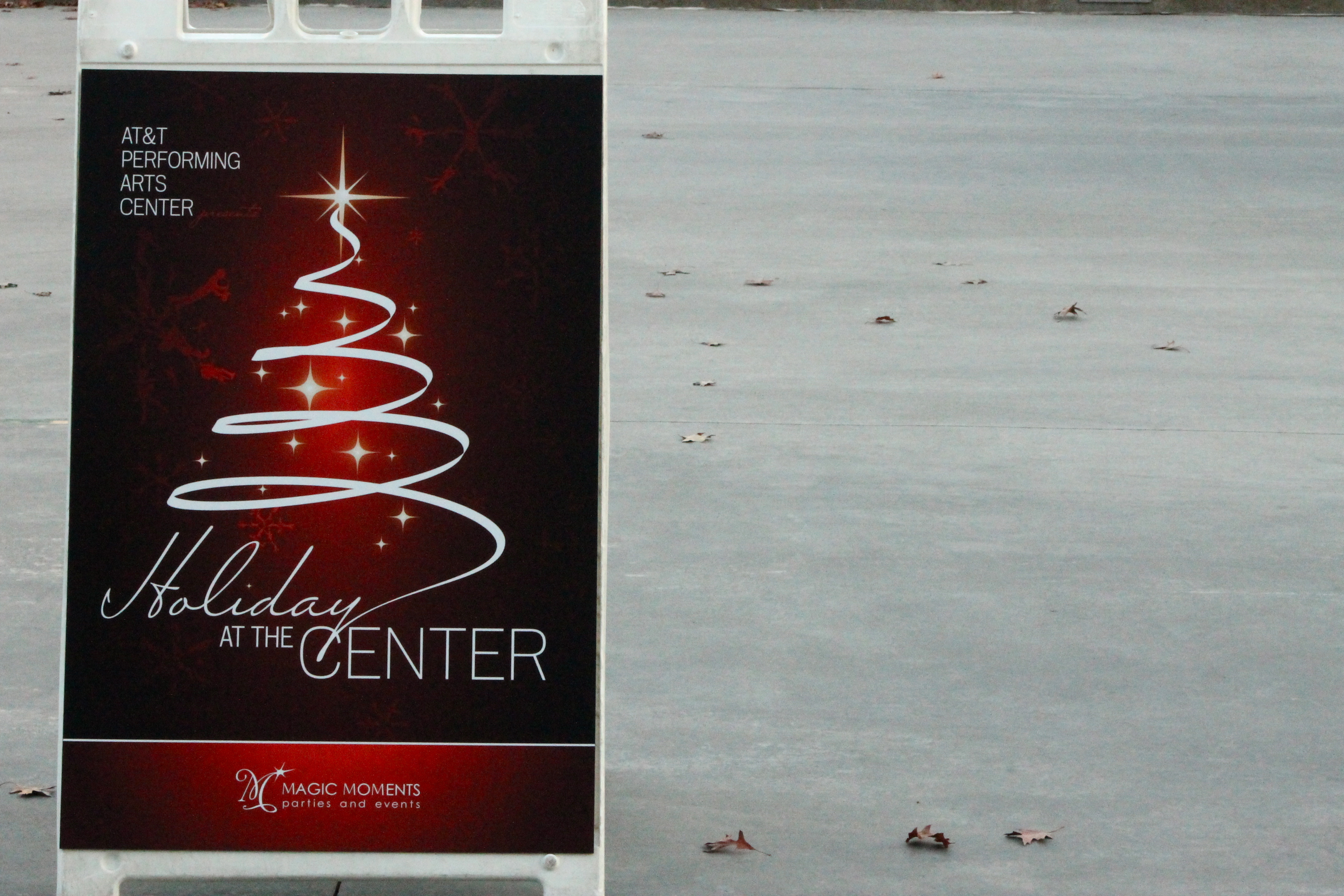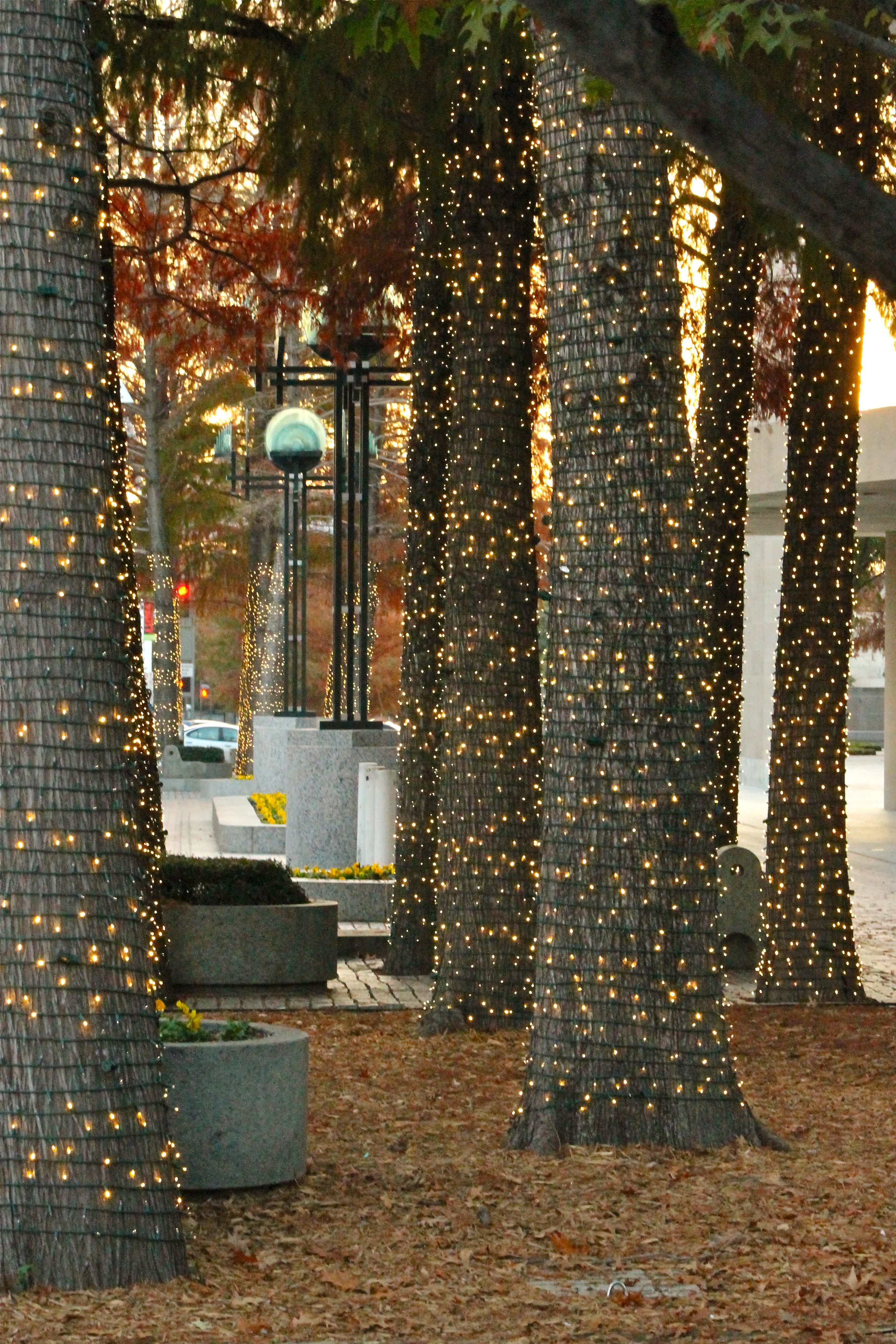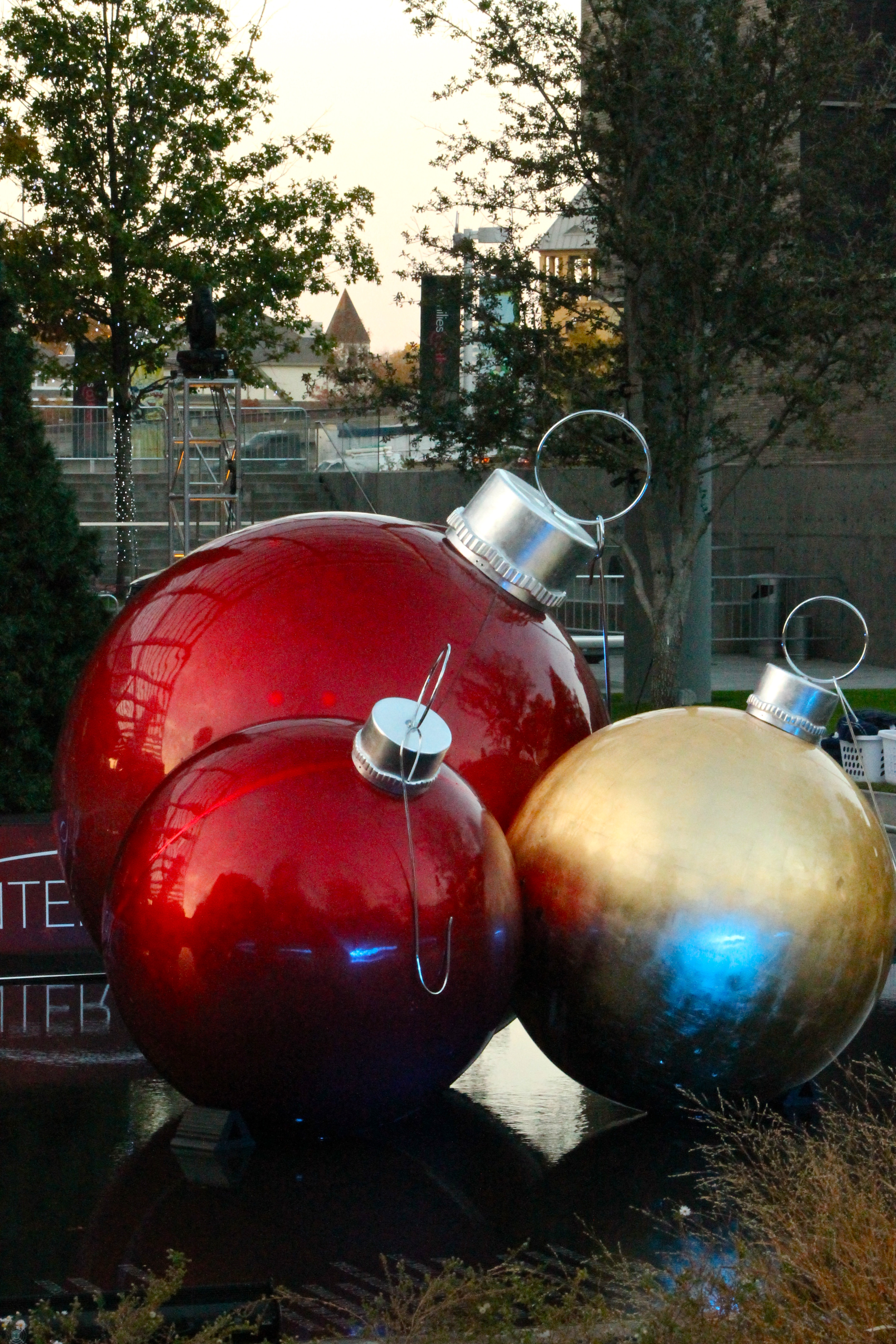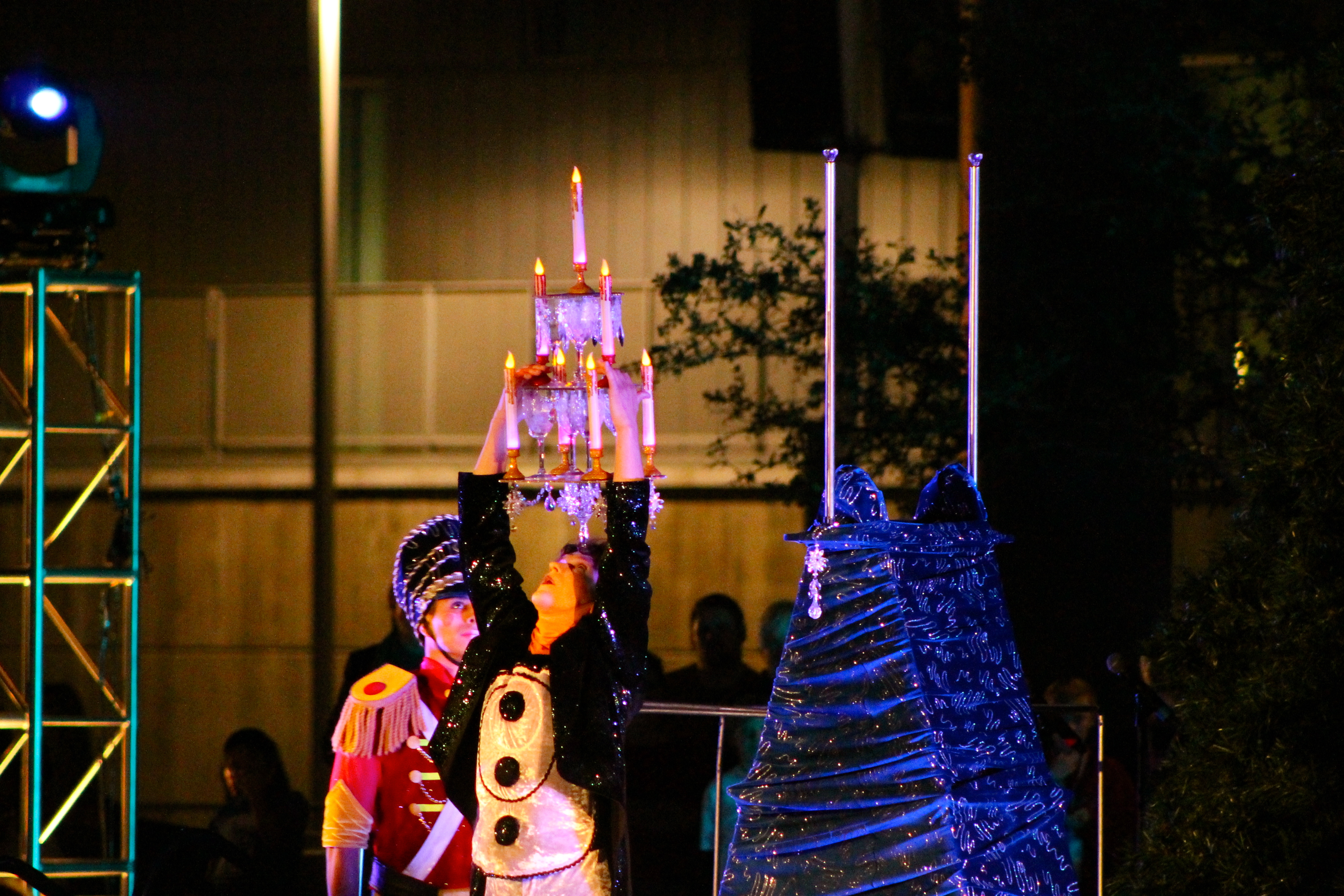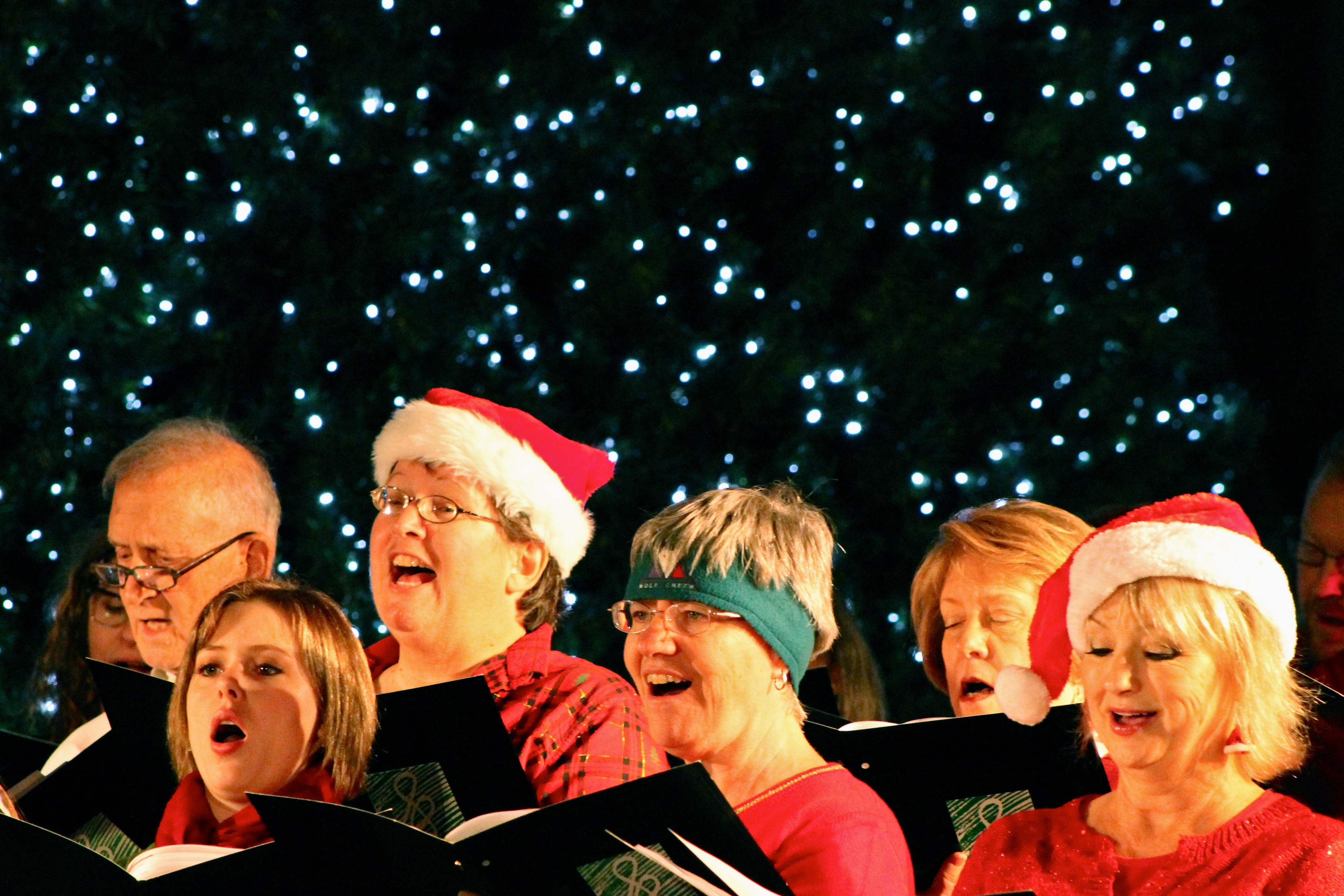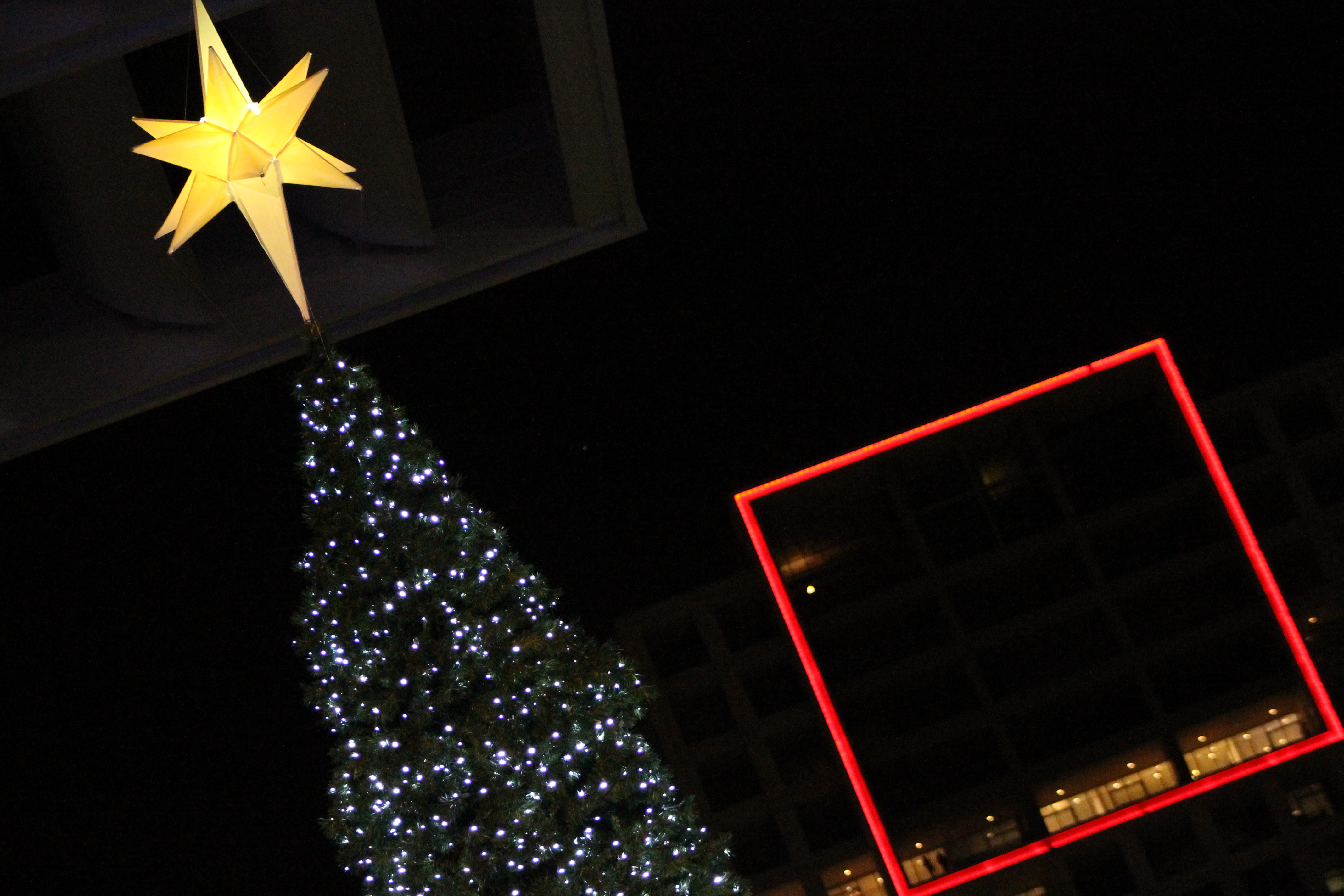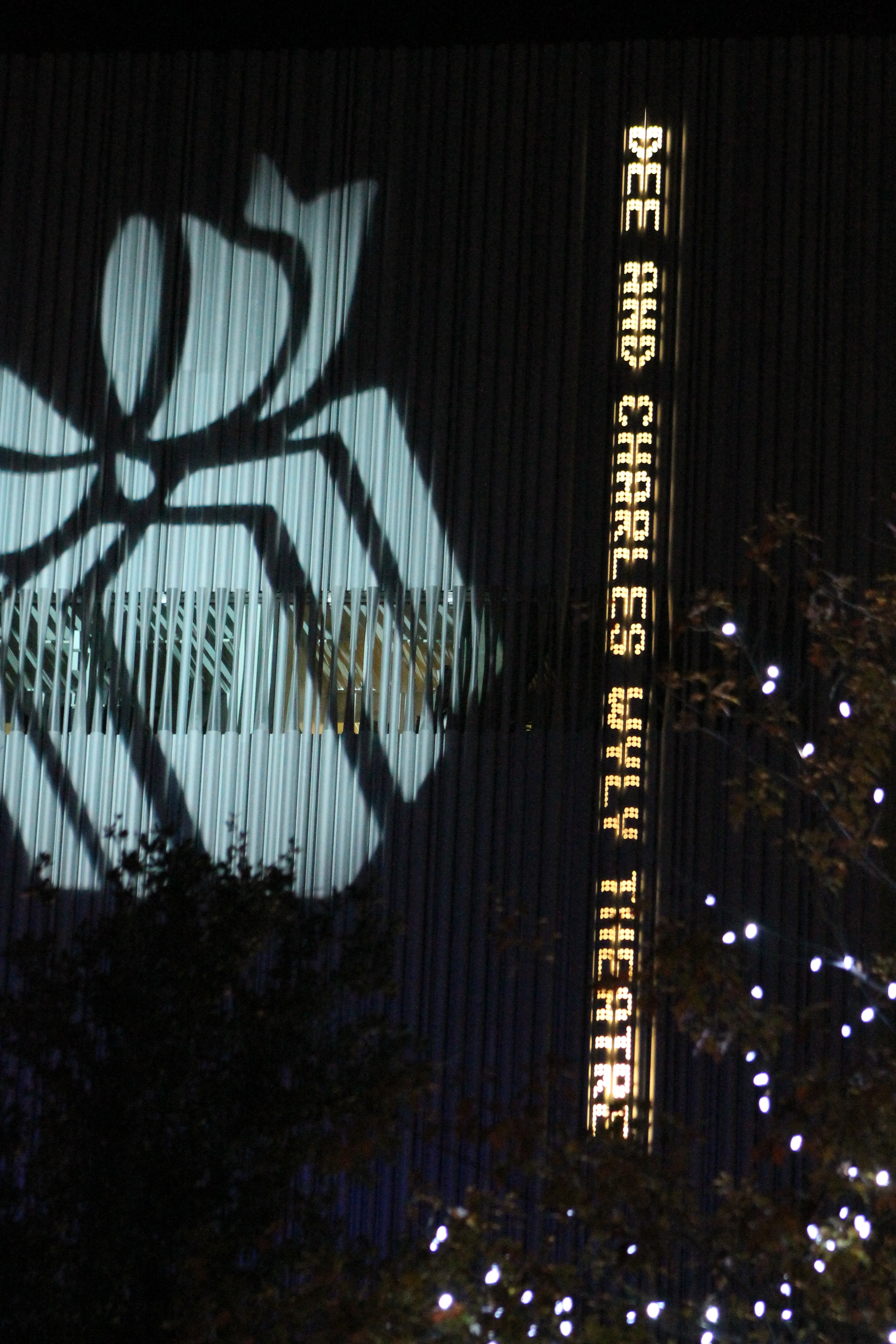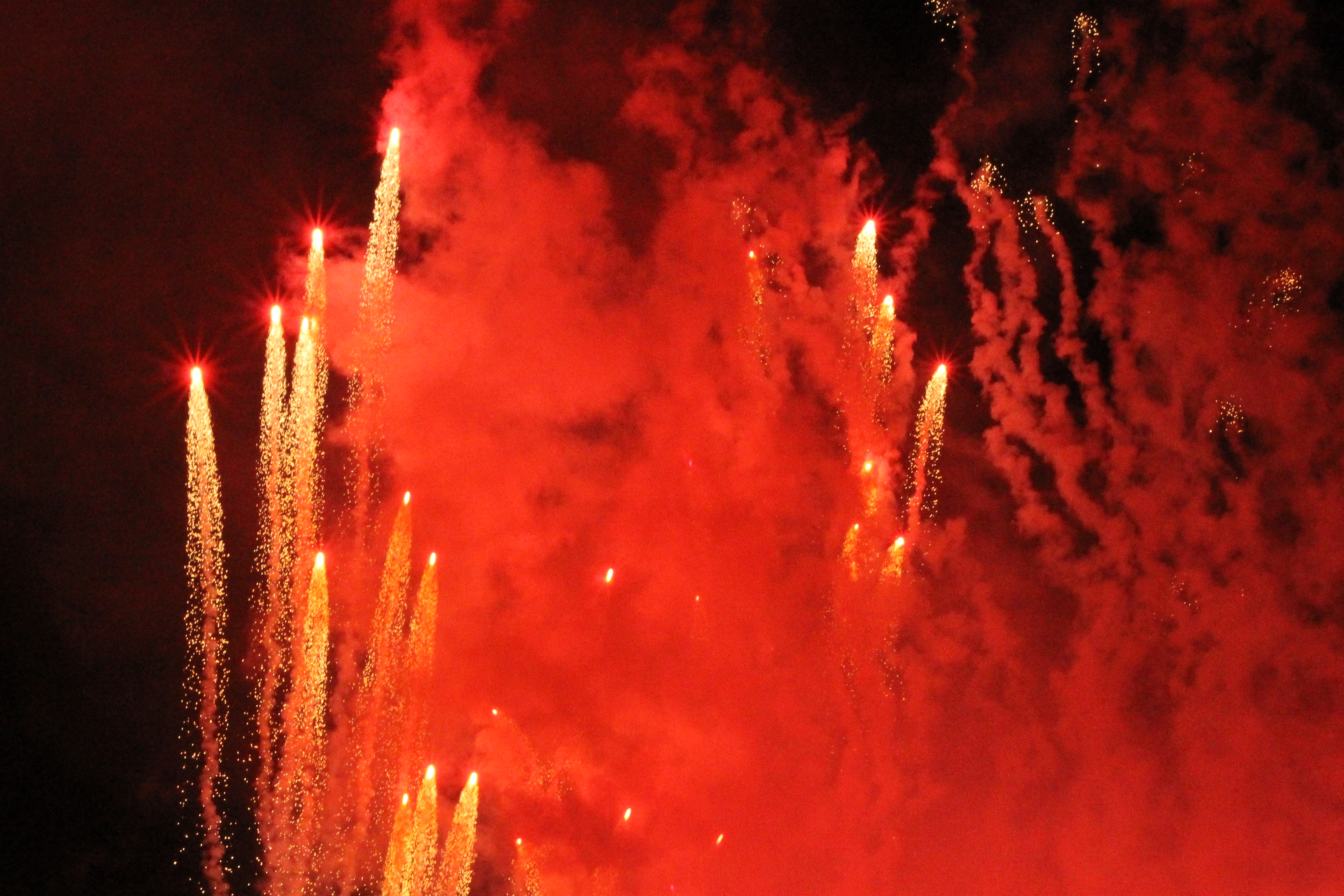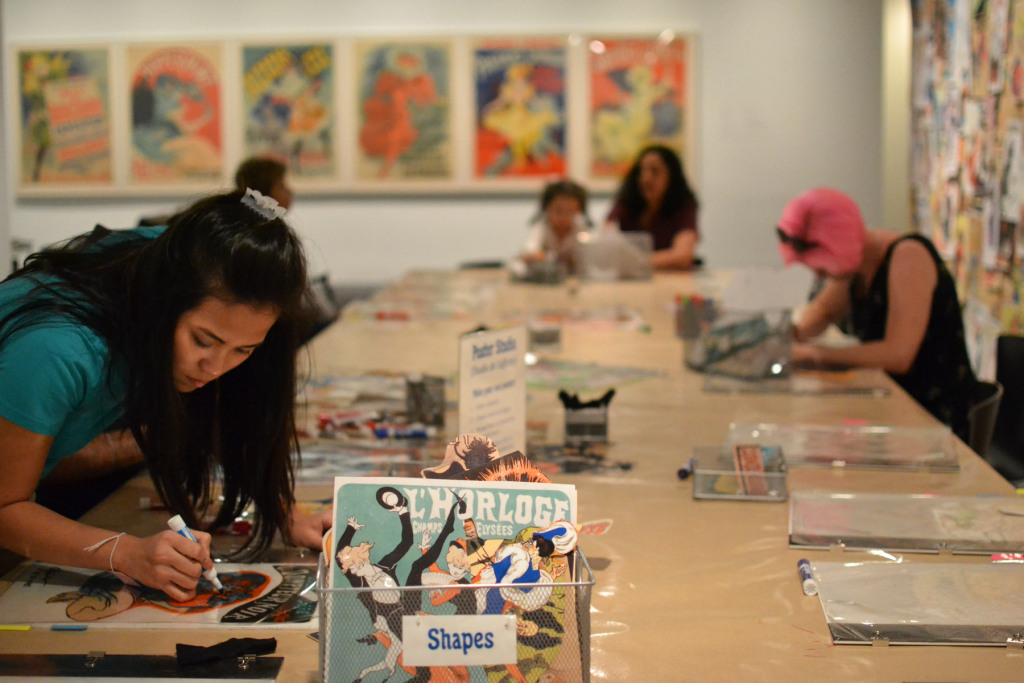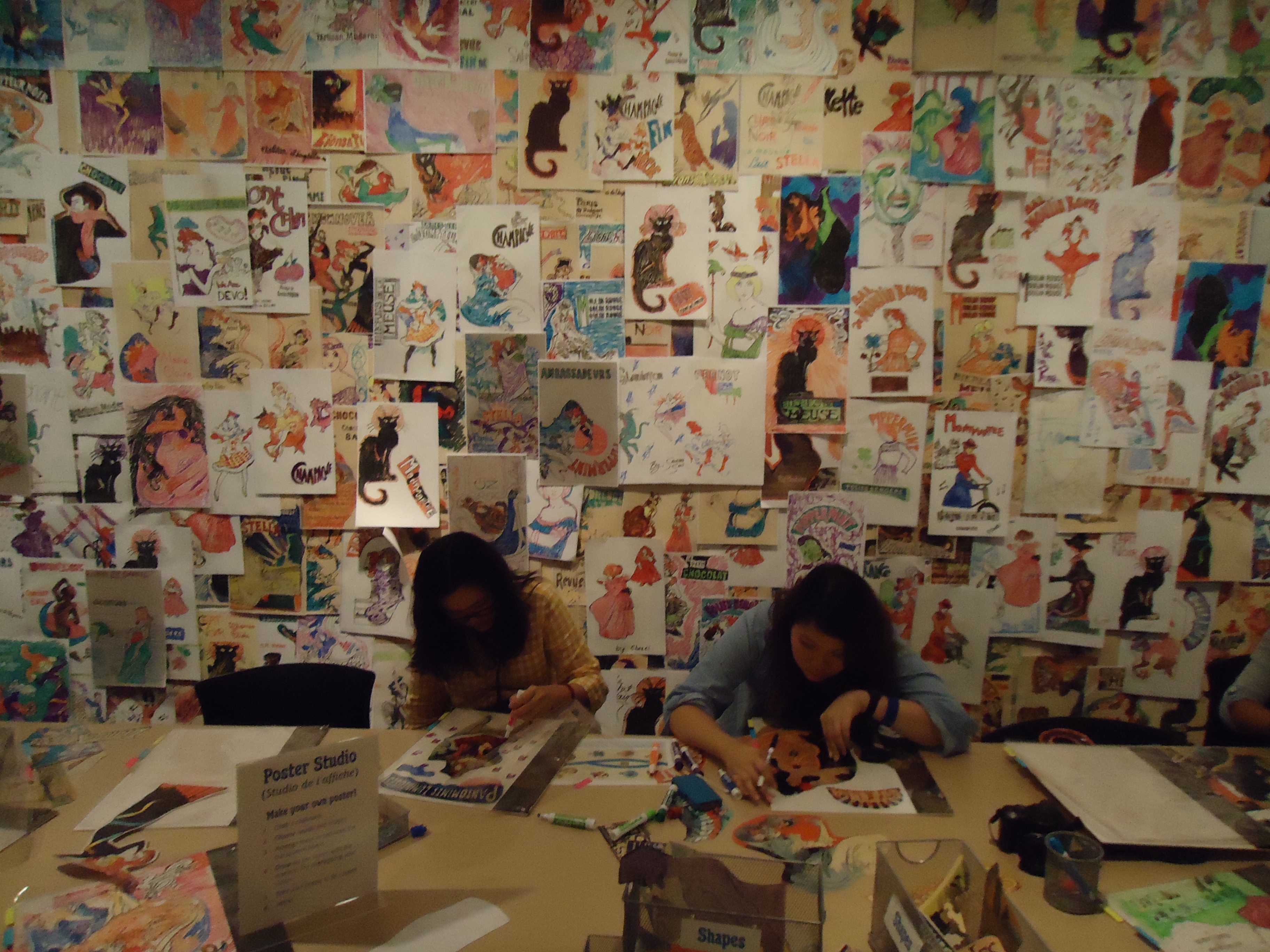This post is the third in a larger series finding connections between the ever-mystical tarot cards and the extraordinary collection of the Dallas Museum of Art. Head over to the first and second posts for an introduction and earlier connections.
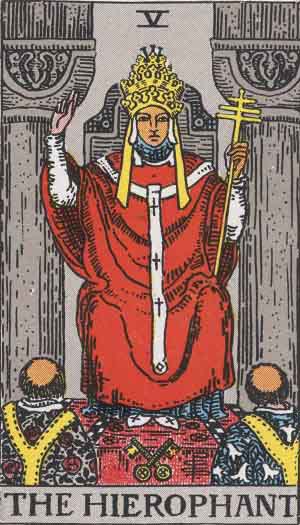
The Hierophant is the fifth trump card and is occasionally referred to as the Pope. The term hierophant literally means one who teaches holy things. With two fingers pointing skyward and two downward, the Hierophant’s hand raised in benediction forms a bridge between heaven and earth. This card represents seeking guidance from positive role models as the Hierophant is seen as a pillar of the community.
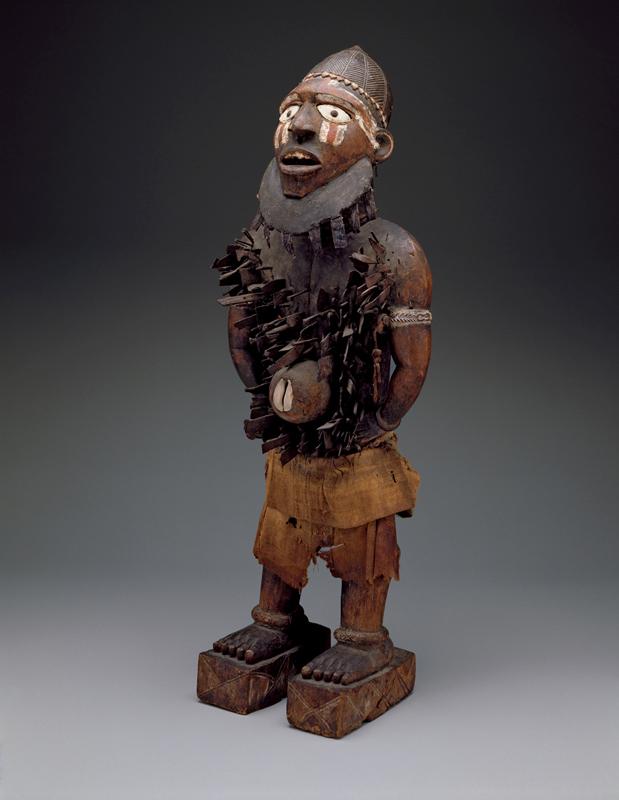
Standing power figure (nkisi nkondi),Yombe peoples, late 19th to early 20th century, Dallas Museum of Art, Foundation for the Arts Collection, gift of the McDermott Foundation
Minkisi (the plural term for nkisi) are containers for magical substances or medicines that empower them to protect the community against negative forces. This standing power figure belongs to a class of minkisi called nkondi. The term translated is “hunter” of wrongdoers in matters of civil law. Truly a pillar of the community, the hunter is simultaneously chief, doctor, priest and judge.
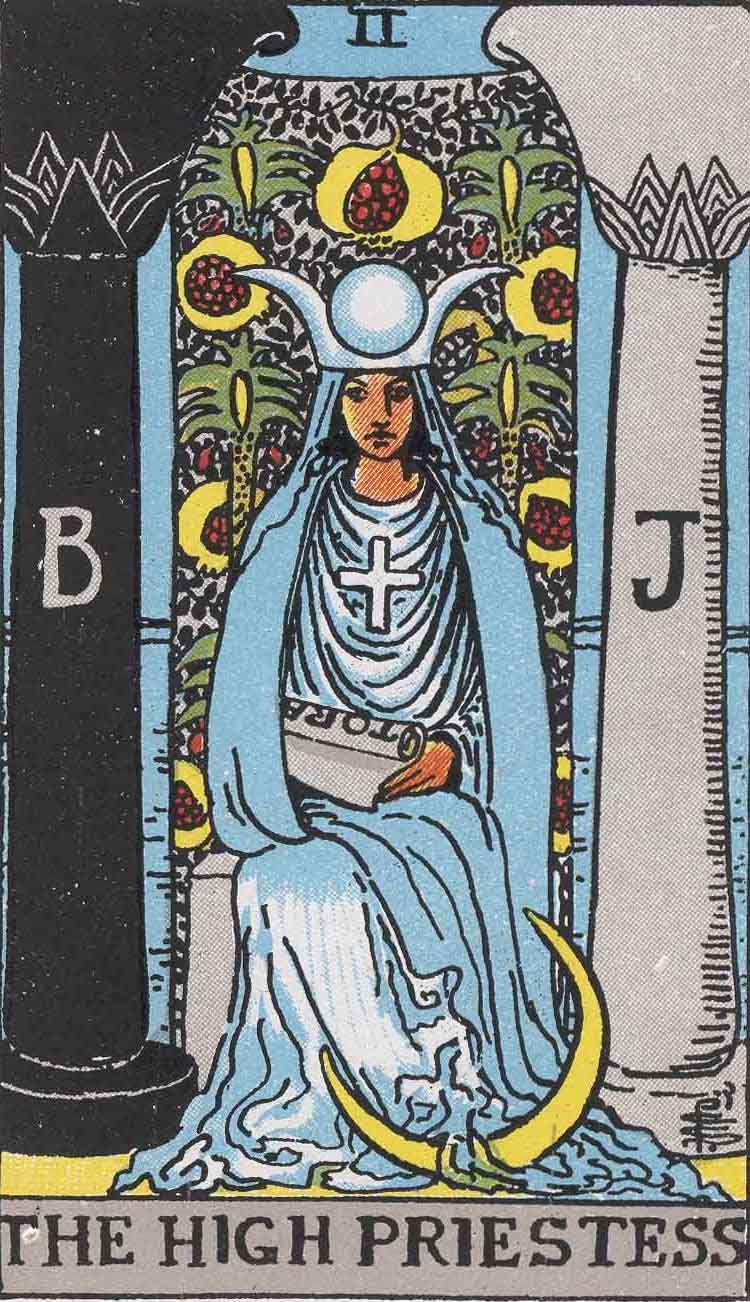
The High Priestess is the second major arcana card in a tarot deck. She is represented in plain robes wearing a horned diadem on her head and a large cross on her chest. The High Priestess is always shown between two pillars- one white and one black. Labeled “B” and “J,” the columns represent Boaz and Jachin of the mystic Temple of Solomon. This card is associated with knowledge, love, and common sense.
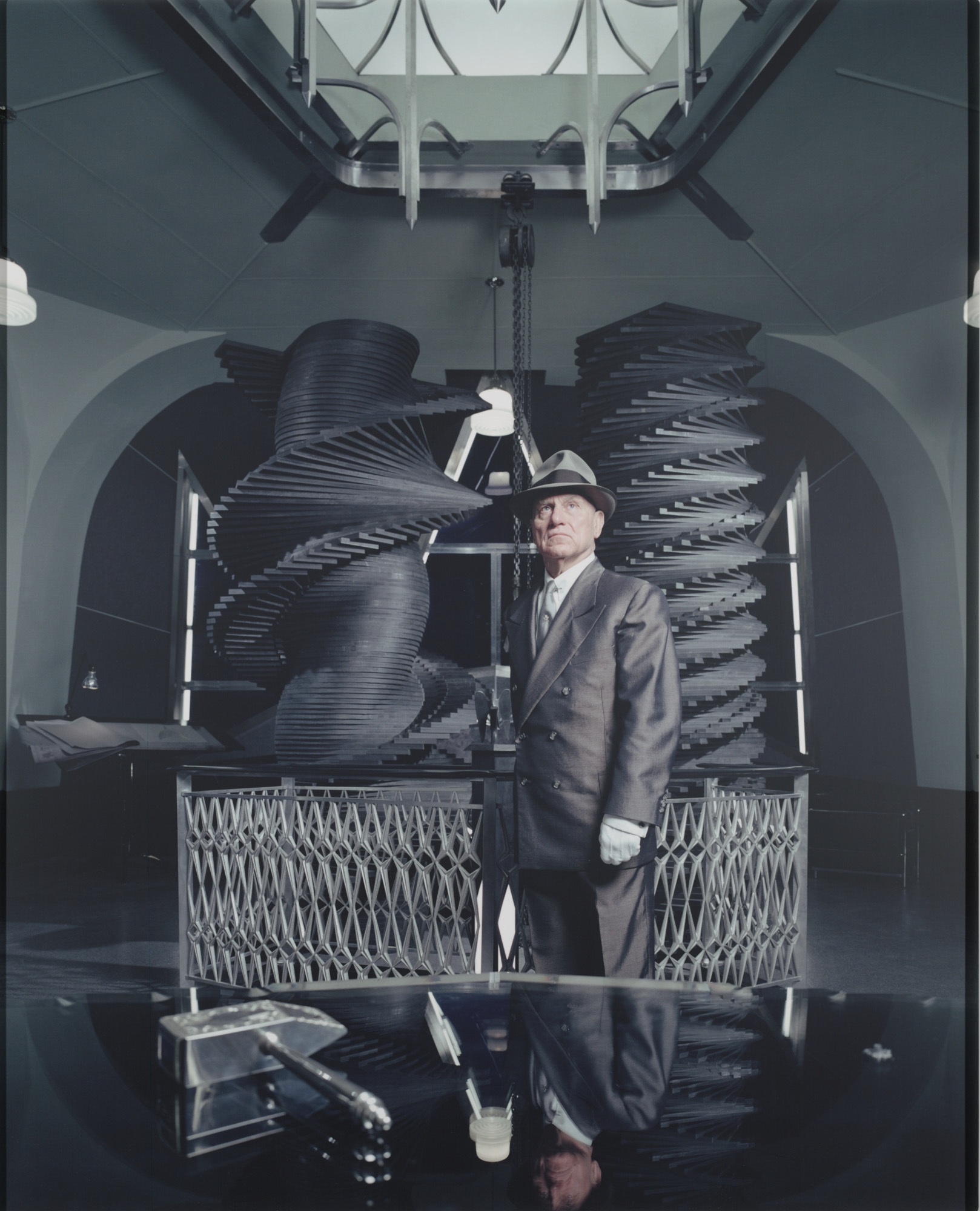
Matthew Barney, CREMASTER 3: Hiram Abiff, 2002, Dallas Museum of Art, Contemporary Art Fund: Gif of Arlene and john Dayton, Mr. and Mrs. Vernon E. Faulconer, Mr. and Mrs. Bryant M. Hanley, Jr., Margurerite and Robert K. Hoffman, Cindy and Howerd Rachofsky, Deedie and Rusty Rose, Gayle and Paul Stoffel, and three anonymous donors; DMA/amfAR Benefit Auction Fund; and Roberta Coke Camp Fund
Cast by Matthew Barney in the film CREMASTER 3, American sculptor Richard Serra portrays the master architect of the Chrysler building. In this freeze frame, Serra stands in front of two industrial columns, a reference to two pillars designed by Hiram Abiff, the mythic architect of Solomon’s Temple, who possessed knowledge of the mysteries of the universe.
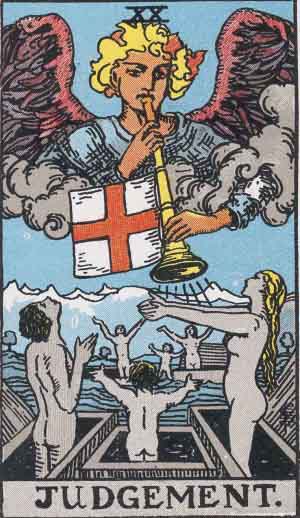
Judgement is the twentieth trump card in the tarot deck. Modeled after the Christian resurrection prior to the final judgmenet day, the scene depicts an angel, likely Gabriel, descending to earth sounding a trumpet. Below, grayish men, women, and children celebrate the angel’s arrival with open arms as they emerge from crypts and graves. When used for divination purposes the card signals an impending judgement or the resurrection of past errors.
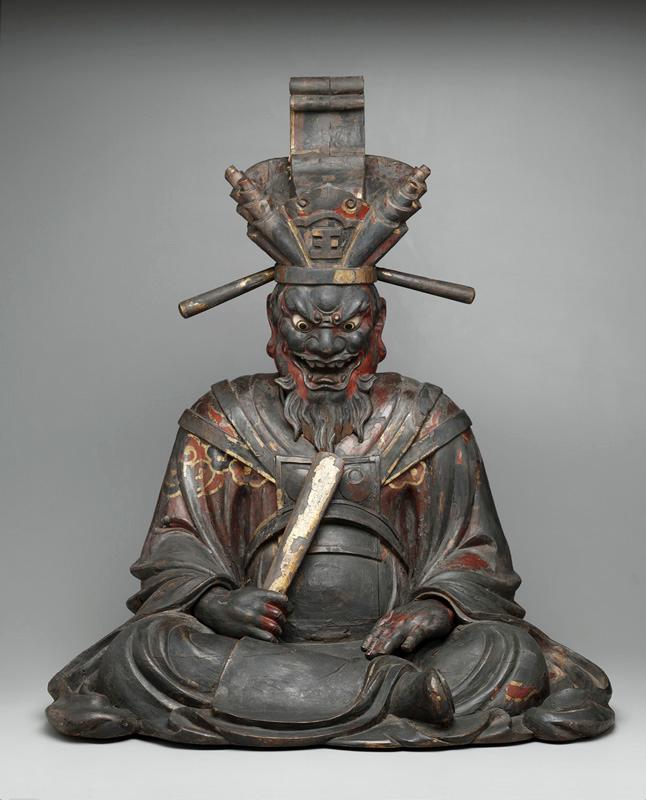
Emma-O, late 16th-early 17th century, Dallas Museum of Art, Wendover Fund in memory of Alfred and Juanita Bromberg an dthe Cecil and Ida Green Acquisition Fund
The title Emma-O is the Japanese translation of Yama, the Hindu god of death. Based in Buddhism, the idea of Emma-O as the King of Hells originated in China before spreading to Japan. Wearing the costume of a Chinese judge, Emma-O was thought to determine how your spirit would be reincarnated in your next life. He was seen as a beneficient power despite his snarling face, which was thought to avert evil.
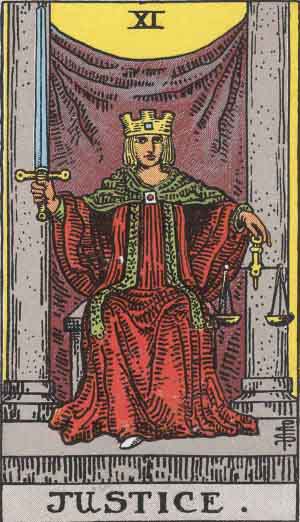
Justice is numbered either eight or eleven depending on the deck . Shown seated and holding the scales of justice and the equalizing sword aloft, Justice meditates on various claims of right, morality, and duty. When Justice appears in a spread, the card signals an injustice that requires righting.
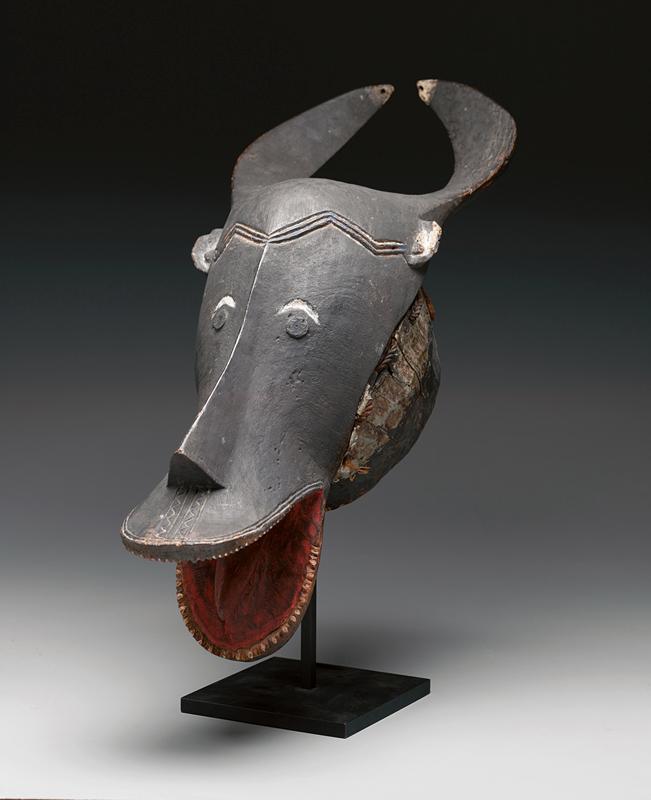
Helmet mask (gye), Guro peoples, mid-20th century, Dallas Museum of Art, The otis and Velma Davis Dozier Fund
The most powerful of masks, gye represent the highest judicial authority. A person wearing such a mask can judge disputes, negotiate peace treties, and make momentous decisions on behalf of the community. Worn while dancing atop burning coals, this mask depicts the trustworthy and loyal African buffalo.
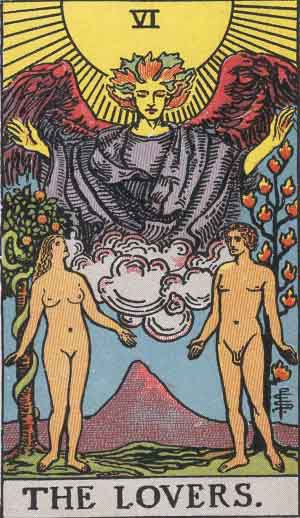
The Lovers is the sixth trump card in a tarot deck. Still nude, Adam and Eve flank the cherub that is presumably ordering them from the Garden of Eden. Representing the impulse that drove Adam and Eve from the Garden, the Lovers exemplify the transition from innocence to experience. This transition could manifest due to curiosity, desire, or duty.
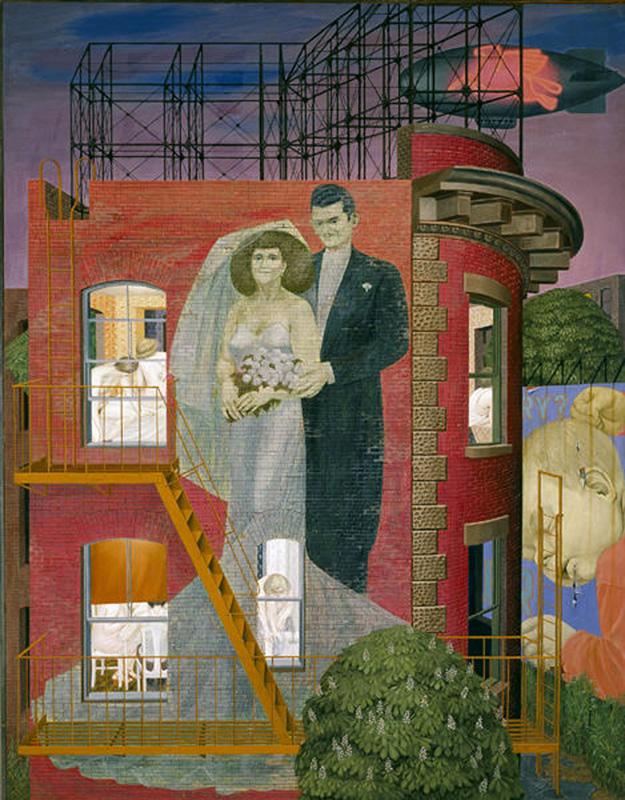
Henry Koerner, June Night, 1948-1949, Dallas Museum of Art, Foundation for the Arts Collection, gift of Joshua L. Logan
An example of magic realism, Henry Koerner’s June Night is a glance at life after leaving the garden. Contrasting blissful wedding connotations with the harsh qualities of a brick apartment building, this painting comments on the realities of married life, post-honeymoon phase. The crying child painted on the lower wall brings to mind late night feedings and diaper changes.
Stay tuned for my next post featuring the Magician, the Moon, the Star, Strength, and the Sun.
Pilar Wong
McDermott Intern for Community Teaching
